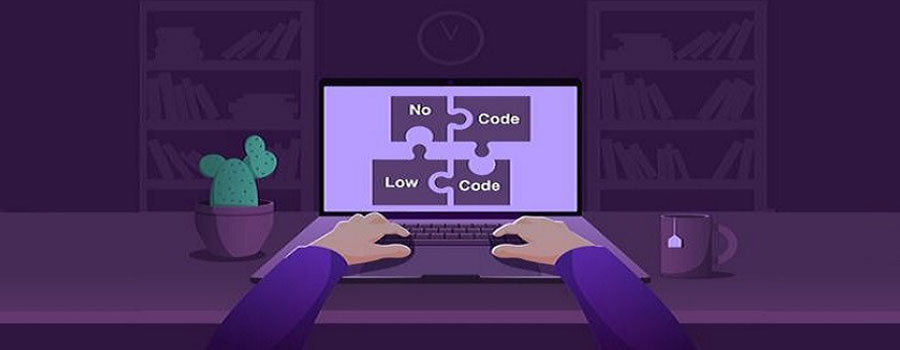No-code software is a type of software development platform that allows users to create software applications without having to write code. This is done by using a graphical user interface (GUI) or visual programming language (VPL) to drag and drop elements to build the application. No-code software is becoming increasingly popular, as it allows businesses and individuals to create applications without the need for specialized skills or knowledge.
Benefits of No-code Software
There are many benefits to using no-code software. Some of the most common benefits include:
• Speed: No-code software can help you build software much faster than traditional coding methods. This is because no-code platforms provide drag-and-drop interfaces and pre-built components that you can use to create your applications.
• Cost: No-code software can be much more cost-effective than traditional coding methods. This is because you don’t need to hire a team of developers to build your software. You can do it yourself, or you can hire a freelancer to help you.
• Accessibility: No-code software is much more accessible than traditional coding methods. This is because you don’t need to have any coding experience to use it. Anyone can use no-code software to build software.
Applications of No-code Software
No-code software can be used for a variety of applications, including:
• Business: No-code software can be used by businesses of all sizes to automate tasks, build custom applications, and create new products and services. For example, a business could use no-code software to create a customer relationship management (CRM) system, an employee onboarding system, or a marketing automation system.
• Education: No-code software can be used to create personalized learning experiences for students of all ages. For example, a teacher could use no-code software to create a gamified learning experience that engages students and helps them learn more effectively.
• Healthcare: No-code software can be used to improve patient care. For example, a hospital could use no-code software to create a patient portal that allows patients to access their medical records, schedule appointments, and communicate with their doctors.
• Government: No-code software can be used to make government services more accessible and efficient. For example, a government agency could use no-code software to create a system that allows citizens to file government forms and track the status of their applications online.
Challenges of No-code Software
While no-code software offers many benefits, there are also some challenges associated with its use. Some of the most common challenges include:
• Lack of flexibility: No-code software platforms are often limited in their flexibility. This means that you may not be able to create the exact application that you want.
• Security: No-code software platforms may not be as secure as traditional coding methods. This is because no-code platforms often use pre-built components that may have security vulnerabilities.
• Training: No-code software platforms can be difficult to learn. This is because they often use a different language than traditional coding languages.
The future of no-code software
The future of no-code software is very bright. As the technology continues to develop, we can expect to see even more powerful and versatile no-code platforms. These platforms will make it possible for even more people to create software, regardless of their coding skills.
No-code software has the potential to revolutionize the way we live and work. It can make it easier for businesses to innovate, it can help governments provide better services, and it can empower individuals to create their own solutions to the problems they face
Conclusion
No-code software is a powerful tool that can be used to create software applications without having to write code. However, it is important to be aware of the challenges associated with its use. If you are considering using no-code software, it is important to weigh the benefits and challenges carefully.
Here are some additional thoughts on the future of no-code software:
• As no-code software platforms continue to develop, they will become more powerful and flexible. This will make them even more appealing to businesses and individuals who want to create software without having to write code.
• The security of no-code software platforms will also improve. This is because developers will be more aware of the security risks associated with no-code software and will take steps to mitigate these risks.
• As no-code software becomes more popular, more people will learn how to use it. This will make it easier for businesses and individuals to find people who can help them build software.
Overall, no-code software is a promising technology that has the potential to revolutionize the way we build and use software.
- By admin
- No Comments








